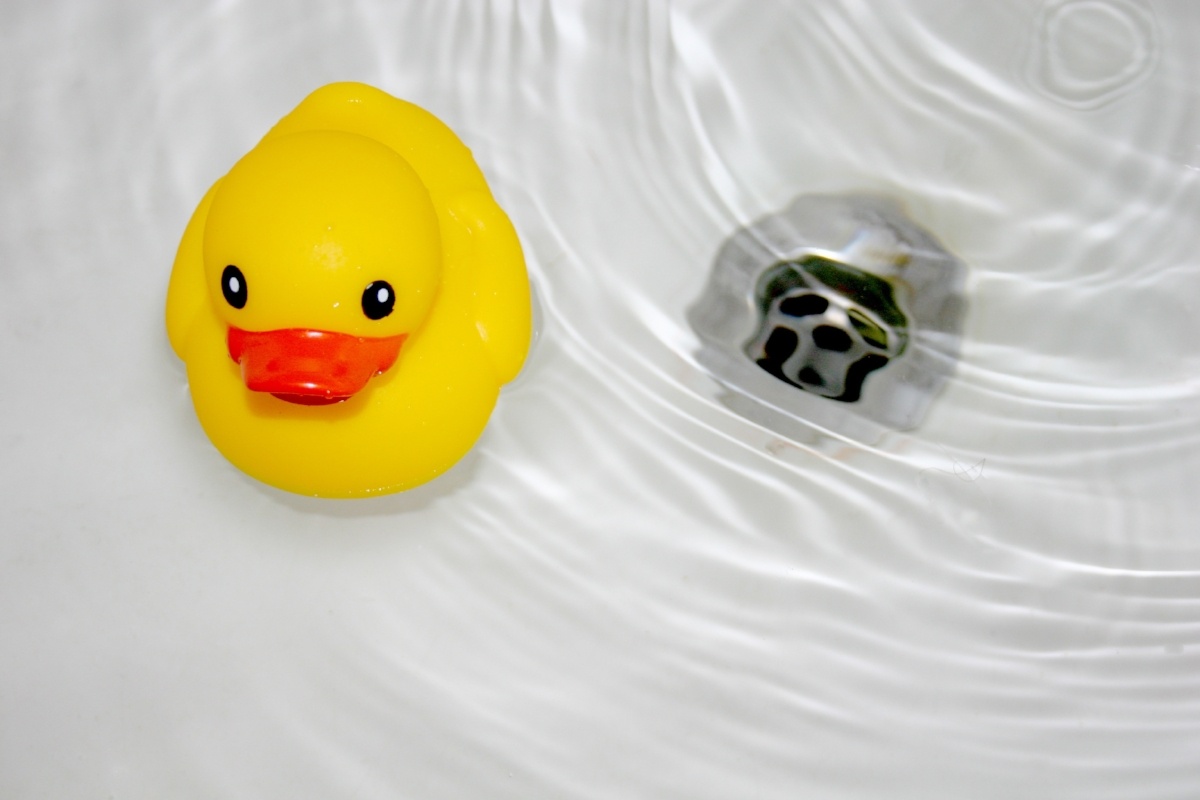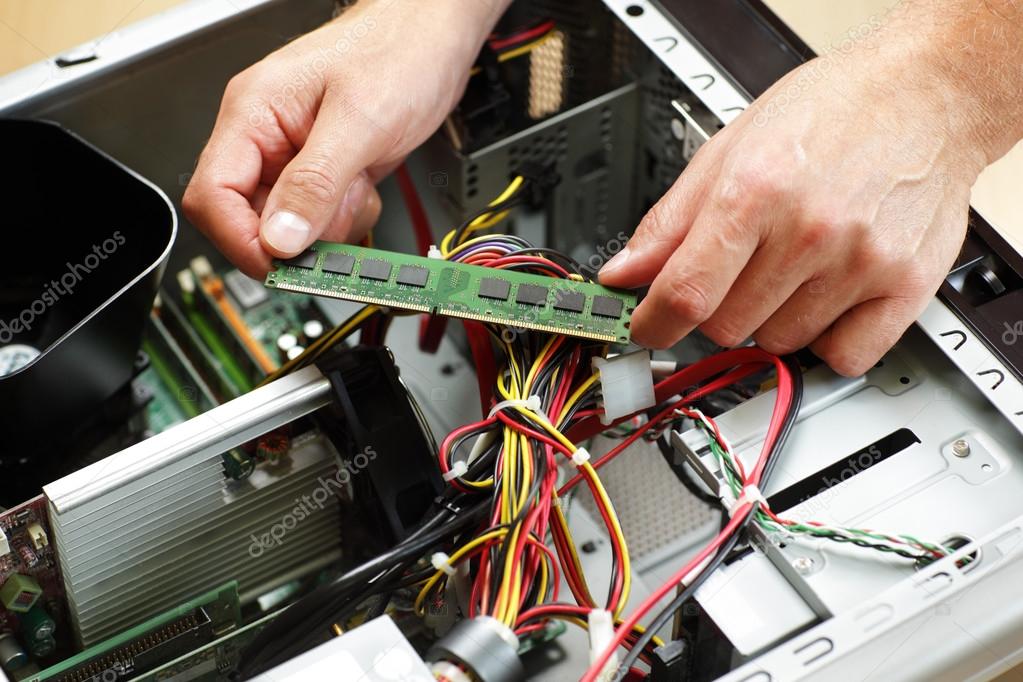When it comes to natural beauty, gardens are some of the most visually stunning creations in the world. With a combination of intricate designs, unique landscaping, and colorful flowers, gardens are an oasis of tranquility and a feast for the senses. From the lush greenery of the Pacific Northwest to the vibrant blooms of the Northeast, the United States is home to many breathtaking gardens that are worth a visit.
1. Portland Japanese Garden, Portland, Oregon
The Portland Japanese Garden is an oasis of peace and serenity located in the heart of Portland, Oregon. The garden was designed by Japanese landscape architect Professor Takuma Tono in 1963 and has since been recognized as one of the most authentic Japanese gardens outside of Japan. The garden spans 12 acres and features eight distinct garden styles, including a tranquil Zen garden, a strolling pond garden, and a tea garden.
2. Butchart Gardens, Victoria, British Columbia
The Butchart Gardens in Victoria, British Columbia, Canada is a must-visit for any garden lover. The garden was once a limestone quarry owned by the Butchart family, but it was transformed into a stunning garden by Jennie Butchart in the early 1900s. The garden spans over 55 acres and features over 900 varieties of plants, trees, and shrubs. Visitors can wander through themed gardens, including the Rose Garden, Japanese Garden, and Italian Garden.
3. Longwood Gardens, Kennett Square, Pennsylvania
Longwood Gardens in Kennett Square, Pennsylvania, is one of the largest and most impressive gardens in the United States. The garden was created by industrialist Pierre S. du Pont in the early 1900s and features over 1,000 acres of gardens, woodlands, and meadows. The garden is home to over 11,000 different types of plants and features a wide variety of garden styles, including a rose garden, Italian water garden, and a children's garden.
4. Desert Botanical Garden, Phoenix, Arizona
The Desert Botanical Garden in Phoenix, Arizona, is a unique and stunning garden that showcases the beauty of the desert landscape. The garden spans over 140 acres and features over 50,000 different types of desert plants from around the world. Visitors can wander through a variety of desert habitats, including a cactus garden, a Sonoran Desert trail, and a wildflower trail. The garden also hosts seasonal events, such as the popular Electric Desert light show.
5. Chanticleer Garden, Wayne, Pennsylvania
The Chanticleer Garden in Wayne, Pennsylvania, is a hidden gem that is often overlooked by visitors. The garden was once the estate of Adolph Rosengarten Jr., but it was transformed into a stunning garden in the 1990s. The garden spans over 35 acres and features a variety of garden styles, including a ruin garden, a pond garden, and a teacup garden. Visitors can also enjoy the stunning views of the surrounding countryside from the elevated terraces.
These five gardens are just a few of the many stunning gardens that the United States has to offer. Whether you're a seasoned gardener or simply appreciate natural beauty, these gardens are sure to leave you in awe.
Reference:
- https://japanesegarden.org/
- https://www.butchartgardens.com/
- https://longwoodgardens.org/
- https://www.dbg.org/
- https://chanticleergarden.org/
Disclaimer: The images used in this article are for illustrative purposes only. The images may not be the exact representation of the gardens mentioned in the article.















